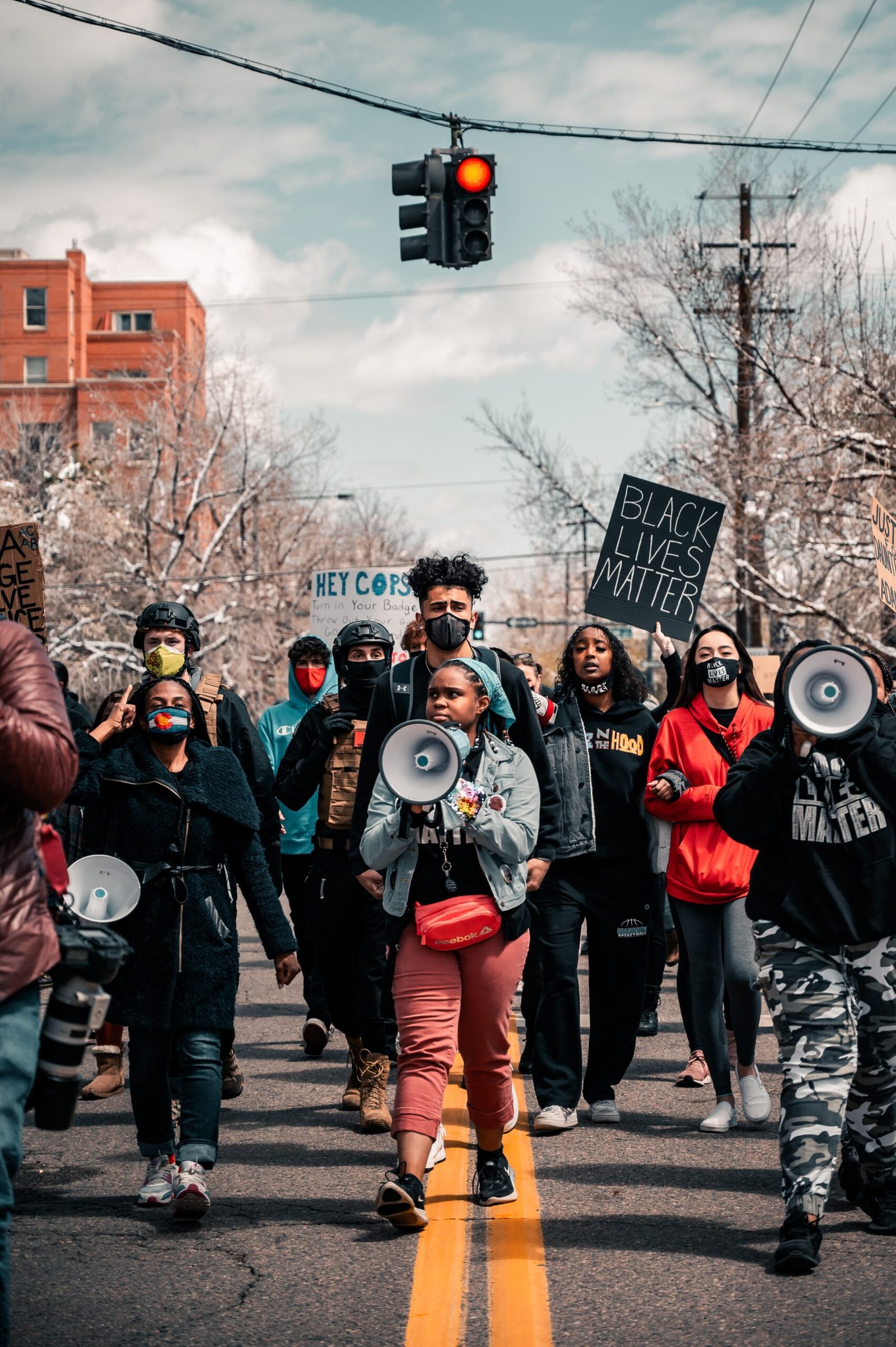The trial of Sam Bankman-Fried has been filled with shocking revelations that have captivated audiences. Award-winning journalist Stephanie Clifford has been reporting from inside the courtroom, providing an inside look at the proceedings. From revelations about Bankman-Fried’s control over FTX and Alameda Research, to allegations of bribes and Thai prostitutes, and even discussion of Bankman-Fried’s political ambitions, this trial has been full of surprises. Former FTX employees have painted a clear picture of Bankman-Fried’s manipulation and control, while his ex-girlfriend and ex-CEO of his hedge fund have testified to his questionable actions. With the trial expected to last up to six weeks, there are likely many more shocking moments to come.
Read more about the Latest Money News
Former FTX employees paint a clear picture of SBF pulling all the strings
Former employees of FTX, the cryptocurrency exchange founded by Sam Bankman-Fried (SBF), have given testimony that suggests SBF had complete control over the company. Gary Wang, a cofounder of FTX and Alameda Research, revealed that despite FTX’s claim of equal privileges for all customers, including Alameda, the reality was quite different. Wang explained that SBF directed him to create a cheat code that allowed Alameda to withdraw billions in FTX customer funds, giving them a significant advantage over regular customers. This revelation sheds light on the extent of SBF’s influence within FTX.
Alleged bribes and Thai prostitutes
Caroline Ellison, Bankman-Fried’s ex-girlfriend and the former CEO of his Alameda hedge fund, provided damning testimony regarding alleged bribes and unethical behavior. Ellison spoke about her constant fear of customer withdrawals and the lengths to which Bankman-Fried went to unlock frozen assets. She claimed that Alameda paid a large bribe, estimated at around $150 million, to Chinese officials in order to unlock $1 billion in frozen assets. Ellison also revealed that Alameda attempted to create accounts using the names of Thai prostitutes in an effort to unfreeze the funds. These allegations paint a concerning picture of the practices employed by Bankman-Fried and his associates.

Read more about the Latest Money News
Bankman-Fried’s new look
Caroline Ellison’s testimony also shed light on Bankman-Fried’s intentional image transformation. She revealed that his unconventional appearance, including his messy hair, was purposefully designed to portray him as an eccentric founder. Ellison stated that Bankman-Fried believed his hair played a role in receiving higher bonuses at his previous workplace, Jane Street. However, in court, Bankman-Fried has adopted a more traditional look, with a close-cropped haircut and professional attire. This change in appearance could be an attempt to present a more serious and respectable demeanor during the trial.
Bankman-Fried’s political ambitions
Aside from his involvement in the cryptocurrency industry, Bankman-Fried has also made significant political contributions. Caroline Ellison testified that Bankman-Fried viewed a $10 million contribution to Joe Biden as a relatively small amount. This suggests that he had substantial financial resources and a desire to exert influence within the political sphere. Furthermore, Ellison revealed that Bankman-Fried believed there was a 5% chance he could become president one day, indicating his own political aspirations. This testimony raises questions about the intersection of wealth, power, and politics in Bankman-Fried’s career.

‘Pharma Bro’ shows up at SBF’s trial
During the trial, Martin Shkreli, also known as “Pharma Bro,” made an unexpected appearance. Shkreli, who was convicted and imprisoned on federal fraud charges, attended the trial alongside crypto influencer Tiffany Fong. Shkreli’s presence provided an additional layer of intrigue and attention to the proceedings. While Bankman-Fried maintained a composed demeanor, Shkreli exhibited his characteristic restlessness and engagement with the trial, appearing as though he was watching an entertaining show. This unexpected cameo added a surprising twist to the already captivating trial.
The duration and potential consequences of the trial
The trial of Sam Bankman-Fried is expected to last up to six weeks, with several significant revelations and testimonies already emerging. If convicted on all seven counts against him, Bankman-Fried could potentially face up to 110 years in prison. The trial will not only determine the fate of Bankman-Fried but also shed light on the practices and operations of FTX and Alameda Research. The outcome of this trial could have sweeping consequences for the cryptocurrency industry as a whole.
Expected length of the trial
With an anticipated duration of up to six weeks, the trial of Sam Bankman-Fried is set to be a lengthy and detailed examination of the allegations against him. The extensive testimony from former employees and associates, as well as the complexity of the charges, contribute to the expected length of the trial.
Potential prison sentence if convicted
If found guilty on all counts, Bankman-Fried could face a potential prison sentence of up to 110 years. This reflects the seriousness of the charges and the potential impact on the victims and the financial system. The outcome of the trial will ultimately determine the severity of the consequences Bankman-Fried will face.

Background on Sam Bankman-Fried
To understand the context of the trial, it is important to examine Sam Bankman-Fried’s career and his involvement in the cryptocurrency industry.
Overview of Sam Bankman-Fried’s career
Sam Bankman-Fried’s career in the financial world began at Jane Street, a proprietary trading firm. He later transitioned to the world of cryptocurrency and founded FTX, a prominent cryptocurrency exchange. Bankman-Fried’s success and influence in the industry have made him a significant figure in the crypto community.
Previous involvement in politics
Bankman-Fried’s political contributions and aspirations have also made headlines. His sizable donation to Joe Biden’s campaign and his belief in the potential for his own presidential run indicate an active interest in shaping the political landscape. Bankman-Fried’s involvement in politics raises questions about the relationship between wealth, power, and influence in both the financial and political spheres.
Connection to FTX and Alameda Research
Bankman-Fried’s connection to FTX and Alameda Research is crucial in understanding the allegations against him. FTX is a cryptocurrency exchange that he co-founded, while Alameda Research is a trading firm associated with FTX. The interconnectedness of these entities and Bankman-Fried’s role within them form the backdrop of the trial and raise concerns about potential abuses of power and unethical practices.
FTX’s claim of equal privileges versus reality
Former FTX employees have provided testimony that contradicts the company’s claim of equal privileges for all customers. According to Gary Wang, Bankman-Fried instructed him to create a cheat code that allowed Alameda to withdraw significant amounts of FTX customer funds, giving them an unfair advantage. This revelation highlights a discrepancy between FTX’s public statements and the actual practices within the company. The disparity in privileges raises concerns about the integrity and fairness of FTX’s operations.
Caroline Ellison’s testimony and revelations
Caroline Ellison, Bankman-Fried’s ex-girlfriend and the former CEO of Alameda hedge fund, delivered significant testimony during the trial. Her revelations shed light on unethical practices and potential misuse of customer funds.
Bankman-Fried’s use of customer funds
Ellison testified that Bankman-Fried directed her to use customer funds for Alameda’s benefit. This raises questions about the legality and ethics of utilizing customer funds without their knowledge or consent. Ellison’s testimony suggests that Bankman-Fried prioritized his own financial interests over the welfare of FTX customers.
Fear of customer withdrawals
In her testimony, Ellison expressed her constant fear of customer withdrawals and emphasized the potential impact on Alameda’s funds. This fear suggests a lack of financial stability within Alameda and potentially raises concerns about the company’s financial health and practices.
Unlocking frozen assets
Ellison disclosed that Alameda paid a substantial bribe to Chinese officials to unlock frozen assets. This admission calls into question the legality of Alameda’s actions and reveals a potential willingness to engage in corrupt practices to achieve their goals. The revelation of such behavior raises serious ethical and legal concerns.
Bribes to Chinese officials
Further supporting the allegations of unethical behavior, Ellison revealed that Alameda paid what she believed to be a large bribe to Chinese officials. This admission highlights the lengths to which Bankman-Fried and his associates were allegedly willing to go to achieve their objectives. The use of bribes reflects a disregard for legal and ethical standards, casting a shadow over the actions of Bankman-Fried and his associates.
Implications of Bankman-Fried’s political contributions
Bankman-Fried’s significant political contributions have raised questions about the motivations behind his financial support for political campaigns. One notable contribution was the $10 million given to Joe Biden’s campaign. According to Caroline Ellison’s testimony, Bankman-Fried considered this amount to be relatively small. This revelation suggests that Bankman-Fried has substantial financial resources and potentially seeks to exert influence within the political sphere.
Donation to Joe Biden
Bankman-Fried’s $10 million contribution to Joe Biden’s campaign indicates his active involvement in the political landscape. The size of the donation raises questions about the potential influence he expects to gain from his political support.
Bankman-Fried’s political aspirations
Caroline Ellison’s testimony unveiled Bankman-Fried’s own political ambitions. She revealed that Bankman-Fried believed there was a 5% chance he could become president one day. This aspiration demonstrates his desire for political power and control. The revelation of such ambitions raises questions about the motivations behind his actions within the cryptocurrency industry and the potential conflicts of interest that may arise.
In conclusion, the ongoing trial of Sam Bankman-Fried has already provided significant insights into his influence, practices, and aspirations. Former FTX employees and Caroline Ellison’s testimonies have shed light on the alleged manipulations, unethical behavior, and potential misuse of funds within FTX and Alameda Research. The trial’s outcome will determine not only Bankman-Fried’s fate but also the implications for the cryptocurrency industry and the broader intersection of wealth, power, and politics.











